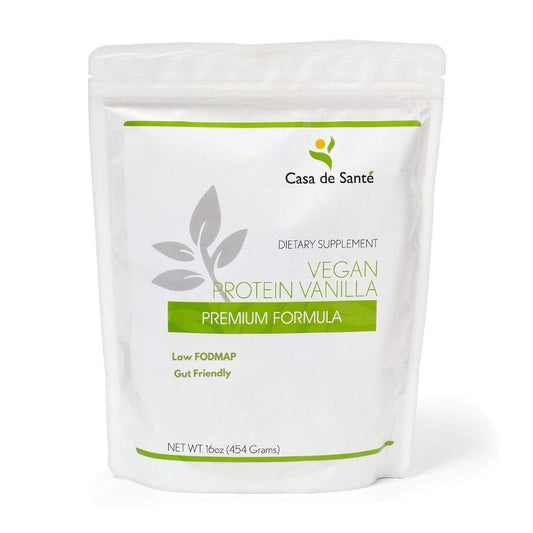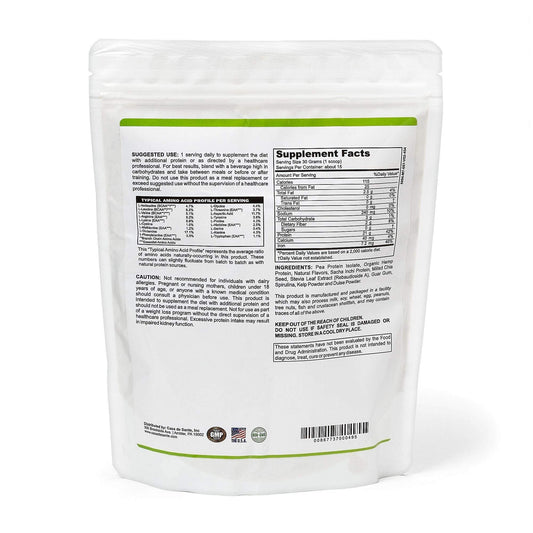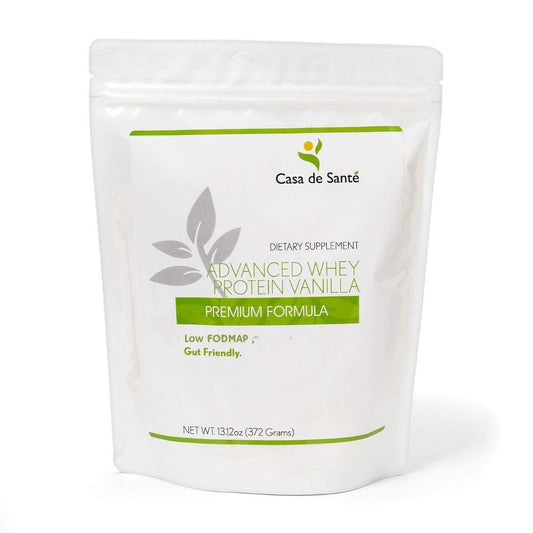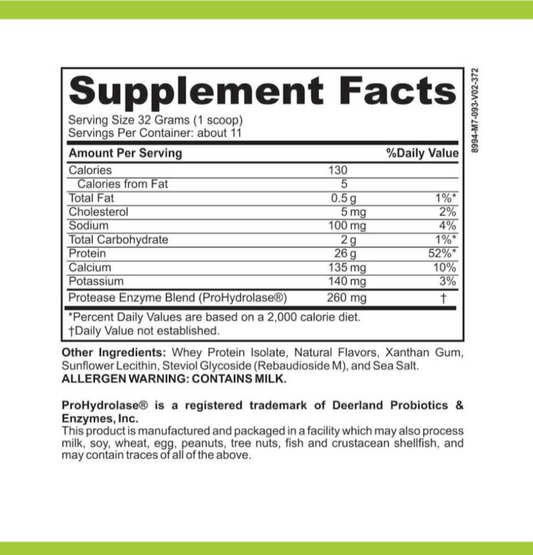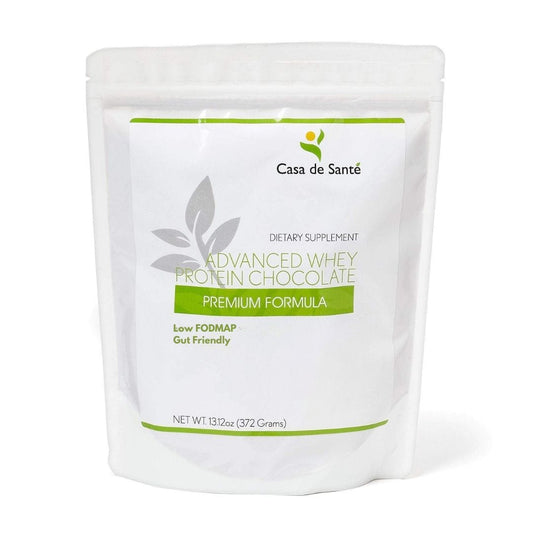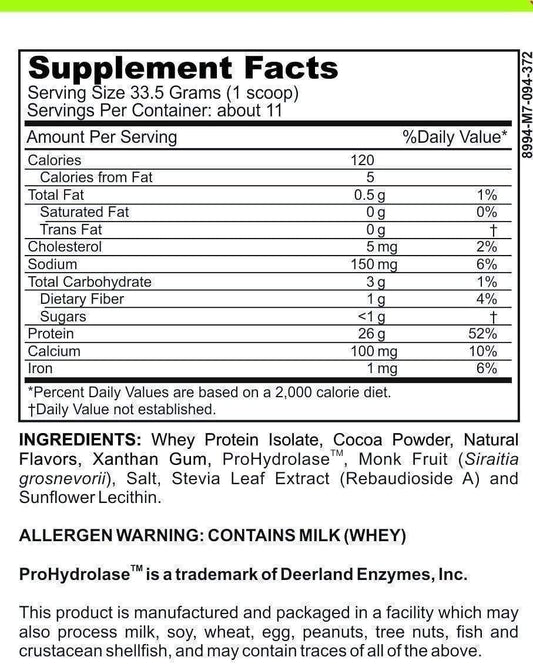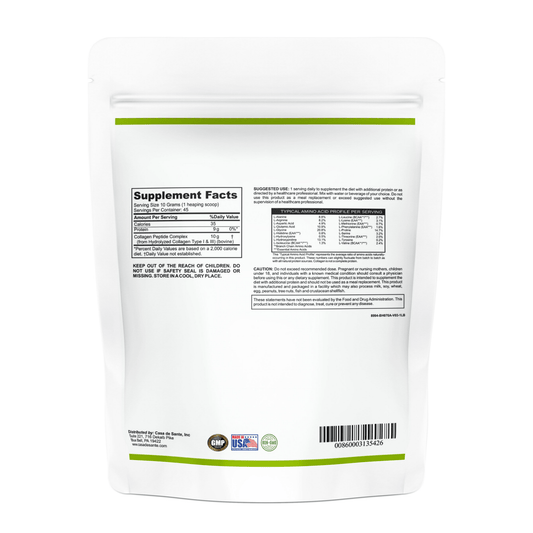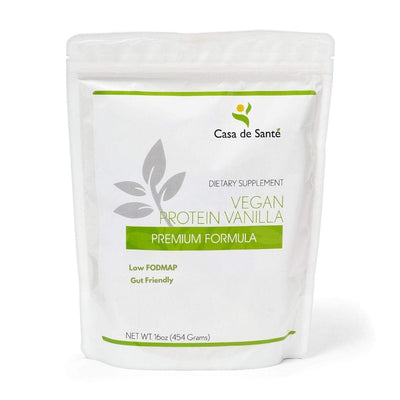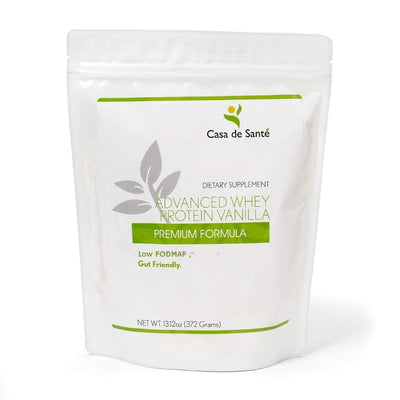Potato Starch Protein Powder Vs Wheatgrass Protein Powder
Potato Starch Protein Powder Vs Wheatgrass Protein Powder
Potato Starch Protein Powder and Wheatgrass Protein Powder have gained popularity in the health and fitness industry as alternative sources of protein for individuals with dietary restrictions or specific needs. In this article, we will delve into the various aspects of these two protein powders and compare them in terms of their benefits, nutritional content, taste, digestibility, suitability for different dietary needs, potency, impact on weight management, sports performance, environmental impact, potential side effects, and cost. By the end of this comprehensive guide, you will have a clear understanding of the differences between Potato Starch Protein Powder and Wheatgrass Protein Powder, allowing you to make an informed decision about which option is best suited for your needs and preferences.
Understanding the Benefits of Potato Starch Protein Powder
Potato Starch Protein Powder is derived from potatoes, which are known for their high carbohydrate content. This protein powder offers a range of benefits due to its unique composition. Firstly, it is naturally gluten-free, making it an ideal choice for individuals with gluten sensitivities or celiac disease. Additionally, it is hypoallergenic, making it suitable for those with allergies to common protein sources such as dairy or soy. Potato Starch Protein Powder is also rich in essential amino acids, vitamins, and minerals, providing a nutritional boost to your diet. Moreover, it has a neutral taste and smooth texture, making it easy to incorporate into various recipes and beverages.
The Nutritional Powerhouse: Wheatgrass Protein Powder Explained
Wheatgrass Protein Powder is derived from the young grass of the wheat plant and has gained recognition for its outstanding nutritional profile. It is a complete protein source, containing all nine essential amino acids that the body requires for optimal functioning. Wheatgrass Protein Powder is also packed with vitamins, minerals, and antioxidants, making it a nutrient-dense addition to your diet. Additionally, it is naturally alkaline, which helps to maintain the body's pH balance. Furthermore, the chlorophyll content in wheatgrass contributes to its potential detoxification properties. However, it is worth noting that individuals with gluten sensitivities or celiac disease should exercise caution when consuming wheatgrass-based products due to potential gluten contamination during processing.
Comparing the Origins and Processing of Potato Starch and Wheatgrass Protein Powders
The origins and processing methods of Potato Starch Protein Powder and Wheatgrass Protein Powder vary significantly. Potato Starch Protein Powder is derived from the starchy part of potatoes, which goes through a thorough extraction and drying process to remove the starch and isolate the protein. On the other hand, Wheatgrass Protein Powder is obtained by juicing young wheatgrass shoots and then subjecting the juice to a drying process to obtain a concentrated powder. Both processes aim to preserve the nutritional content of the respective sources and produce a pure protein powder. It is important to choose products that undergo minimal processing and are free from additives, preservatives, and artificial flavors for optimal health benefits.
Which Protein Powder Reigns Supreme in Terms of Protein Content?
When comparing the protein content of Potato Starch Protein Powder and Wheatgrass Protein Powder, it is essential to understand that they have different protein profiles. Potato Starch Protein Powder typically contains around 70-80% protein by weight, while Wheatgrass Protein Powder generally contains around 80-90% protein by weight. However, these figures may vary depending on the specific brand and product. It is crucial to carefully read the labels and choose protein powders that align with your desired protein intake.
Examining the Amino Acid Profiles of Potato Starch and Wheatgrass Protein Powders
Amino acids are the building blocks of protein and play a crucial role in various bodily functions. The amino acid profiles of Potato Starch Protein Powder and Wheatgrass Protein Powder differ slightly. Potato Starch Protein Powder contains a balanced profile of essential amino acids, including lysine, leucine, valine, and isoleucine. Wheatgrass Protein Powder, being a complete protein source, offers all nine essential amino acids that the body cannot produce on its own. Arginine, glutamic acid, and asparagine are among the other non-essential amino acids found in wheatgrass. Understanding these differences can help you choose a protein powder that meets your specific amino acid requirements.
Digestibility: How Easily are these Protein Powders Absorbed by the Body?
The digestibility of protein powders is a crucial factor to consider, as it determines how efficiently the body can absorb and utilize the protein. Potato Starch Protein Powder and Wheatgrass Protein Powder have different digestibility rates. Potato Starch Protein Powder is easily digestible, thanks to its low fiber content. This makes it an excellent option for individuals with sensitive digestive systems. Wheatgrass Protein Powder, on the other hand, may be less easily digestible due to its higher fiber content. However, the specific digestibility may vary depending on an individual's unique digestive capacity.
Exploring the Taste and Texture Differences between Potato Starch and Wheatgrass Protein Powders
When it comes to taste and texture, personal preferences play a significant role. Potato Starch Protein Powder generally has a neutral taste, allowing it to be easily incorporated into various recipes without altering the flavor significantly. It typically has a smooth texture, making it pleasant to consume even when mixed with liquids. Wheatgrass Protein Powder, on the other hand, has a distinct earthy and grassy taste that may take some getting used to for those unfamiliar with it. The texture can vary depending on the brand and processing method, ranging from smooth to slightly gritty.
Allergies and Sensitivities: Which Protein Powder is More Suitable for Different Dietary Needs?
Allergies and dietary sensitivities should be considered when choosing a protein powder. Potato Starch Protein Powder is naturally gluten-free, making it suitable for individuals with gluten sensitivities or celiac disease. It is also free from common allergens such as dairy and soy, making it hypoallergenic. Wheatgrass Protein Powder, on the other hand, may not be suitable for individuals with gluten sensitivities or celiac disease due to potential gluten contamination during processing. Additionally, wheatgrass may cause allergic reactions in individuals with grass allergies. It is crucial to carefully read labels and consult with a healthcare professional if you have specific dietary needs or allergies.
Potency and Bioavailability: Unraveling the Nutrient Delivery of Potato Starch vs Wheatgrass Protein Powders
The potency and bioavailability of Potato Starch Protein Powder and Wheatgrass Protein Powder differ in terms of nutrient delivery. While both options provide a range of essential nutrients, Wheatgrass Protein Powder stands out for its high concentration of vitamins, minerals, and antioxidants. However, the bioavailability of these nutrients may vary based on individual factors, such as gut health and absorption capacity. It is important to note that the overall nutrient bioavailability can be influenced by factors such as food combinations, cooking methods, and the presence of other nutrients or inhibitors.
The Impact on Weight Management: Can Potato Starch or Wheatgrass Protein Powder Aid in Weight Loss?
Protein powders, including Potato Starch Protein Powder and Wheatgrass Protein Powder, have gained popularity among individuals looking to manage their weight effectively. Both options can be incorporated into a balanced diet to support weight management goals. Protein is known to promote satiety, which can help reduce cravings and overeating. Potato Starch Protein Powder, with its low calorie and low-fat content, can serve as a filling option while providing essential amino acids and nutrients. Wheatgrass Protein Powder, with its nutritional density, can provide an added health boost to a weight management plan. However, it is important to remember that protein powders alone should not be relied upon as a sole weight loss method and should be used in conjunction with a healthy diet and exercise.
Sports Performance: Which Protein Powder is More Effective for Athletic Recovery and Muscle Building?
Athletes and fitness enthusiasts often turn to protein powders to aid in muscle recovery and building. Both Potato Starch Protein Powder and Wheatgrass Protein Powder can be beneficial in this regard. Potato Starch Protein Powder provides a steady supply of high-quality protein, promoting muscle recovery and repair. It also contains essential amino acids that are crucial for muscle building. Wheatgrass Protein Powder, as a complete protein source, offers a spectrum of essential amino acids necessary for muscle repair and growth. Additionally, it may contribute to improved endurance and overall athletic performance. Ultimately, the choice between the two depends on personal preferences, dietary restrictions, and overall fitness goals.
Understanding the Environmental Impact of Potato Starch and Wheatgrass as Sources for Protein Powders
The environmental impact of different protein sources is an important consideration in today's eco-conscious times. Potato Starch Protein Powder, being derived from potatoes, has a relatively lower environmental impact in terms of land and water usage compared to animal-based protein sources. Wheatgrass, as a plant-based source, also has a lower ecological footprint compared to livestock farming. Both options can be considered as more sustainable alternatives to animal-based proteins, as they require fewer resources to produce. However, it is essential to look for sustainably sourced and ethically produced protein powders to minimize any potential negative environmental effects.
Potential Side Effects: Are there any Risks Associated with Consuming Potato Starch or Wheatgrass Protein Powders?
While Potato Starch Protein Powder and Wheatgrass Protein Powder are generally safe for consumption, it is important to be aware of potential side effects. Individuals with specific allergies or sensitivities should exercise caution and consult with a healthcare professional before incorporating these protein powders into their diet. Some people may experience gastrointestinal discomfort, such as bloating or gas, when consuming protein powders. It is important to start with smaller serving sizes and gradually increase as tolerated. Additionally, due to the high fiber content of Wheatgrass Protein Powder, some individuals may experience mild digestive disturbances. Overall, it is advisable to listen to your body and discontinue use if any adverse reactions occur.
The Cost Comparison: Determining the Value for Money between Potato Starch and Wheatgrass Protein Powders
When considering the cost of Potato Starch Protein Powder and Wheatgrass Protein Powder, several factors come into play. The price of protein powders can vary depending on the brand, quality, and quantity. Generally, Potato Starch Protein Powder falls in the mid-price range, offering a cost-effective protein source. Wheatgrass Protein Powder is often considered slightly more expensive due to its unique processing methods and higher nutritional value. However, the specific cost and value for money will vary depending on individual preferences, dietary needs, and budgets. It is essential to weigh the nutritional benefits against the cost to determine the best choice for you.
Incorporating Potato Starch or Wheatgrass Protein Powder into Your Daily Diet: Tips and Recipes
Once you have decided on the protein powder that best suits your needs, it's time to explore various ways to incorporate it into your daily diet. Both Potato Starch Protein Powder and Wheatgrass Protein Powder can be added to smoothies, shakes, or baked goods to enhance the nutritional content and boost protein intake. Potato Starch Protein Powder's neutral taste makes it adaptable in savory recipes as well, such as soups or sauces. Wheatgrass Protein Powder can be mixed with water or juice for a quick and nutrient-packed drink. Experimenting with different recipes and combinations can help you find enjoyable ways to reap the benefits of these protein powders.
In conclusion, Potato Starch Protein Powder and Wheatgrass Protein Powder offer unique benefits and considerations. Potato Starch Protein Powder is a versatile and hypoallergenic option suitable for individuals with specific dietary needs or allergies. Wheatgrass Protein Powder, on the other hand, stands out with its excellent nutritional profile and potential detoxification properties. When making a choice between these two protein powders, it is crucial to consider factors such as taste, nutritional content, digestibility, dietary restrictions, and personal preferences. By doing so, you can select the option that aligns best with your health goals and requirements.

